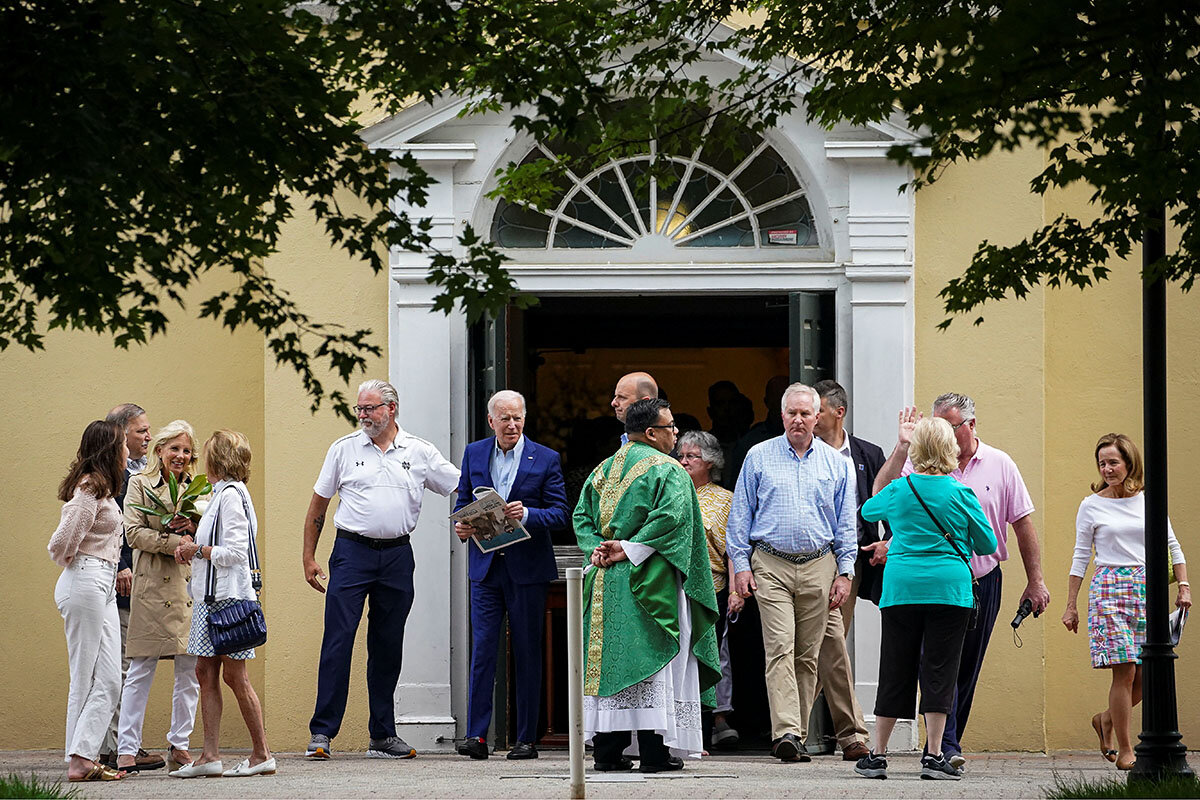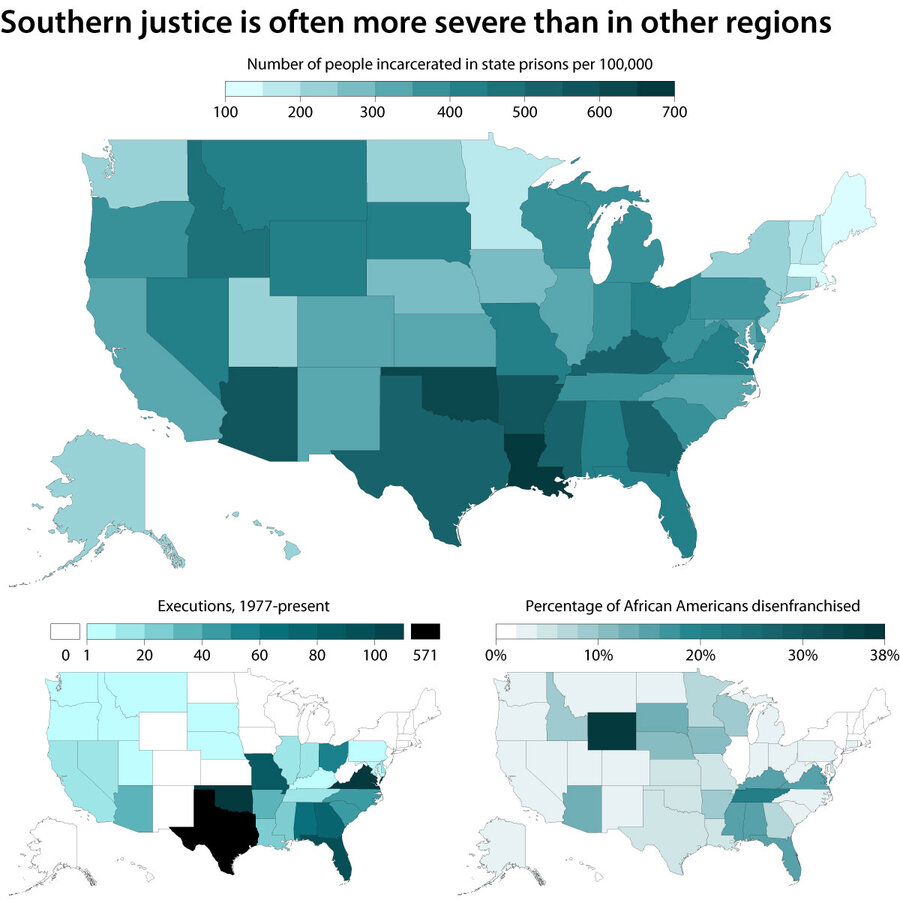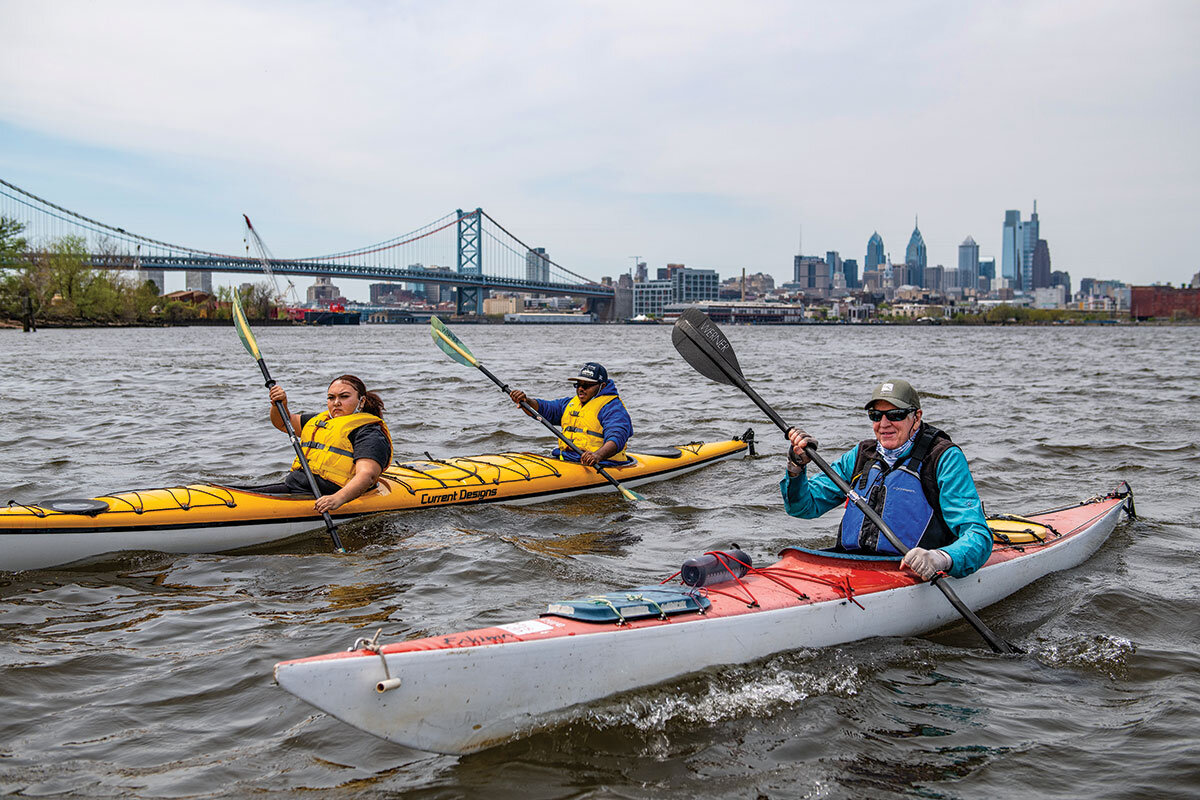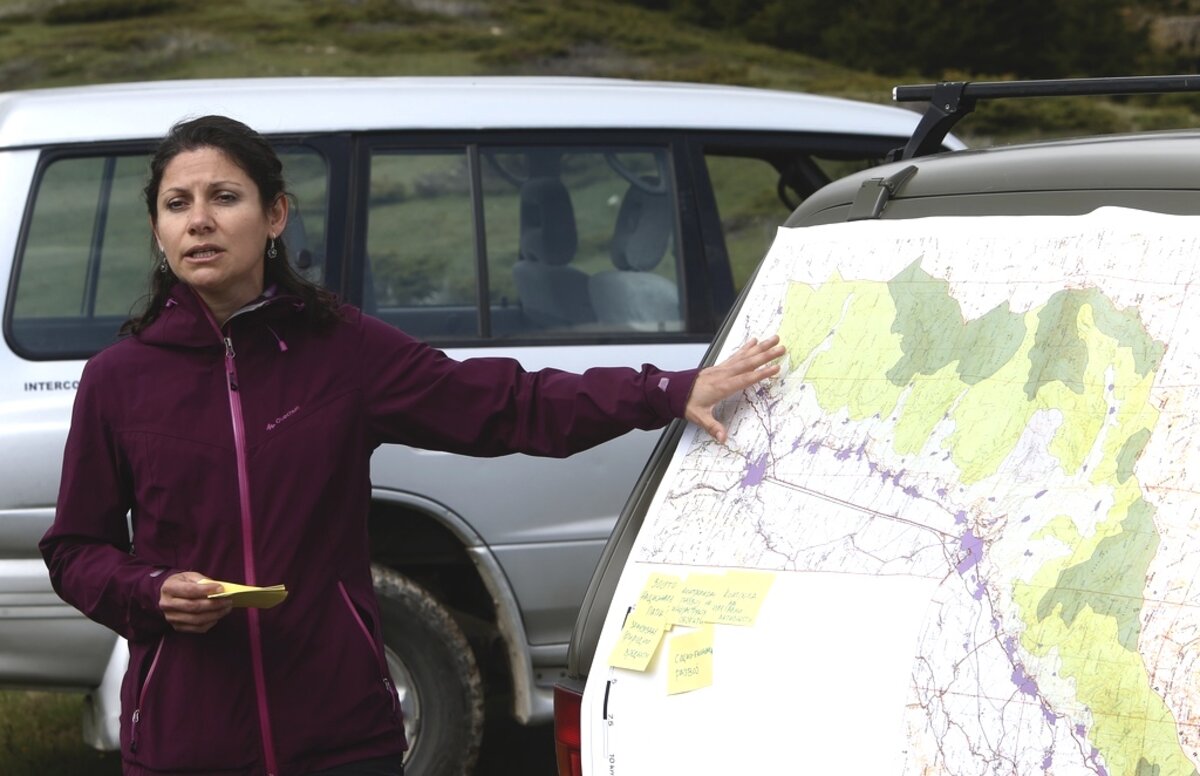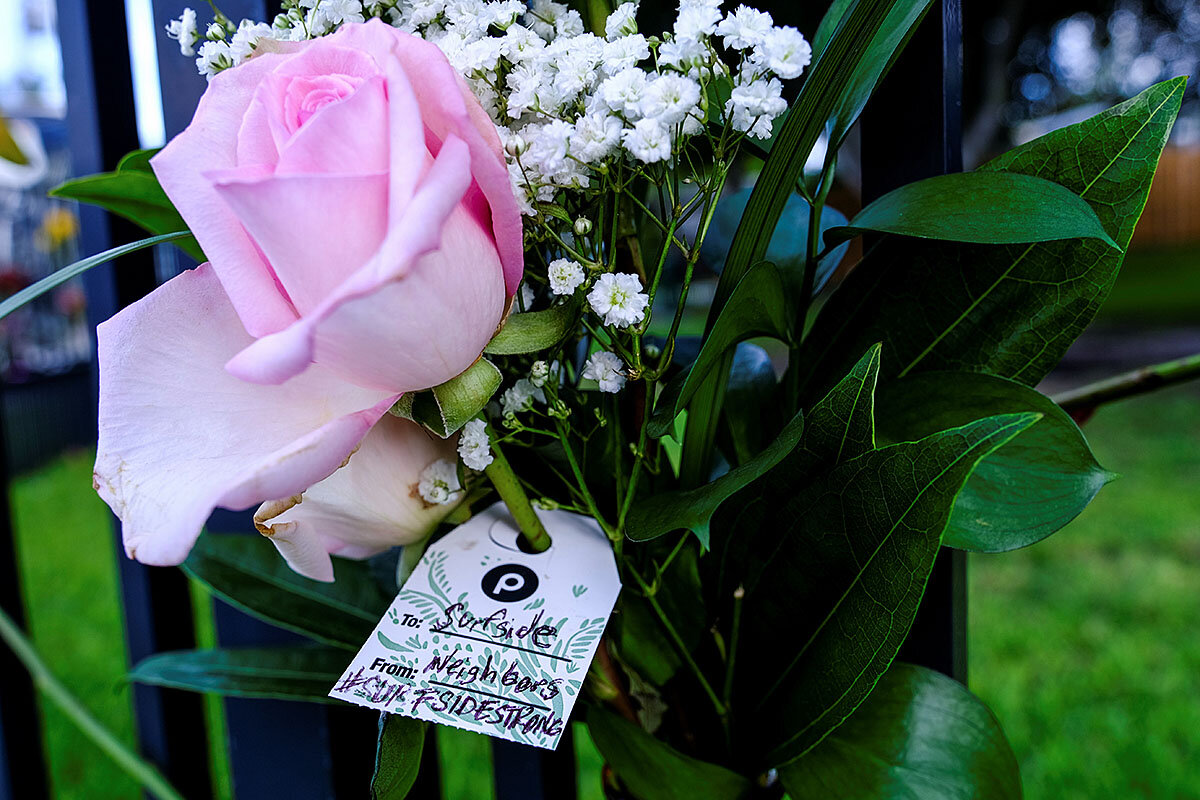Catholic voters, like the rest of the U.S., are increasingly polarized around issues like abortion – creating a challenge for Mr. Biden, the nation’s second Catholic president.
Monitor Daily Podcast
- Follow us:
- Apple Podcasts
- Spotify
- RSS Feed
- Download
 Clayton Collins
Clayton Collins
As extreme heat and wildfires again test the western U.S., including the country’s northwest corner – where Portland hit an all-time record on Saturday, then broke it Sunday with 112 degrees F. – Oregon Gov. Kate Brown has cleared a path for redemption.
She moved last week to commute the sentences of 41 men and women who helped fight last year’s blazes, which burned more than a million acres in her state and took some 4,000 homes. There are terms of eligibility, including good conduct while incarcerated and a plan for housing after release. The candidates are assessed to ensure low community risk.
The personal risks taken by those on the front lines of wildfire containment are, of course, towering. Professional “hot shots” are venerated symbols of what has become a seasonal war.
For help, some states have long reached into prisons. California, which has more than 40 prison fire camps, has stirred controversy for decades with pay that amounts to just dollars a day. The acquired skills haven’t been easily transferable to life on the outside, either – though a track to professional firefighting did get some help from legislation passed by Gov. Gavin Newsom last September. (Colorado, too, is pushing on that front.)
In Oregon, where the first releases under Governor Brown’s plan could come next month, trial by wildfire has led to a kind of compensatory justice, and a chance to redefine people who’ve made mistakes as valued participants, too, in an effort to help.
“The governor recognizes that these adults in custody served our state in a time of crisis,” a spokeswoman said, “and she believes they should be rewarded and acknowledged” for that.




